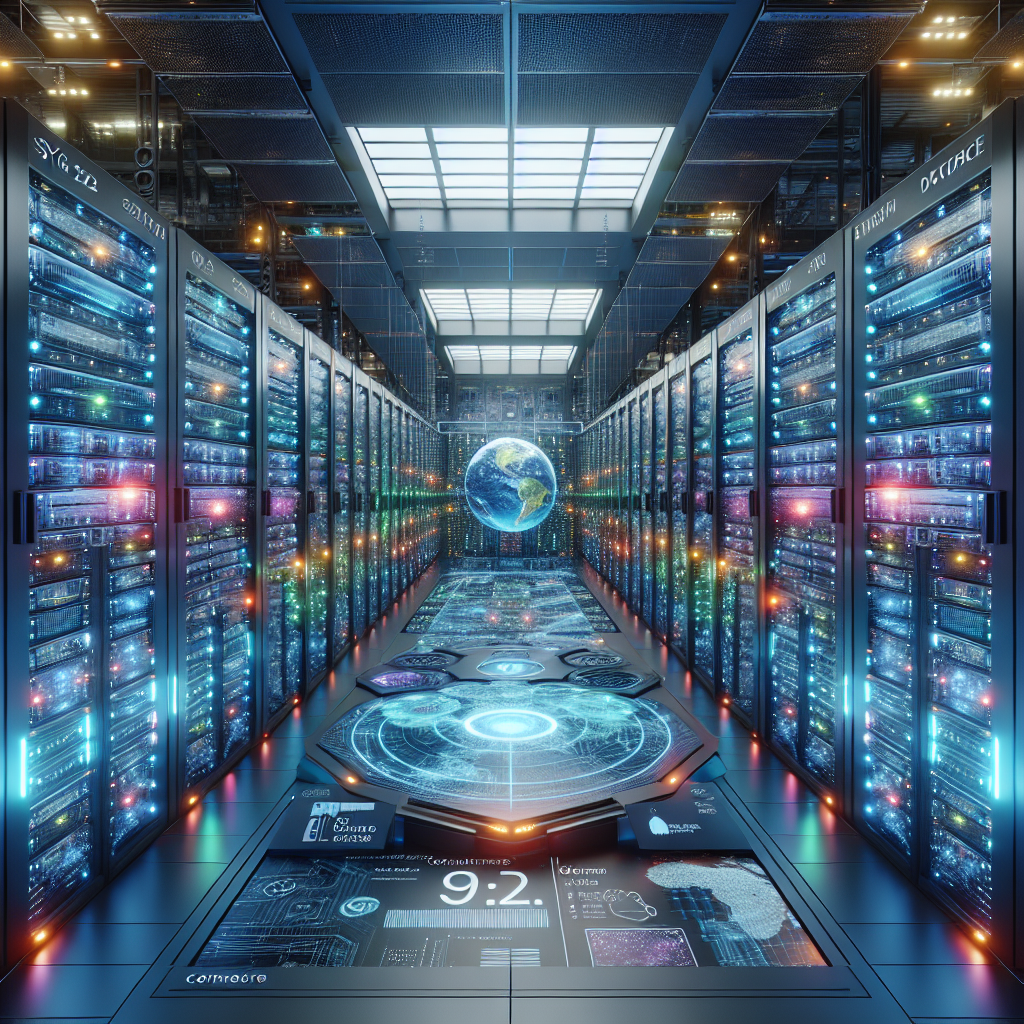Meta's AI Hiring Freeze, OpenAI's $1B Month & Quantum-AI Breakthrough – Daily AI News, August 21, 2025
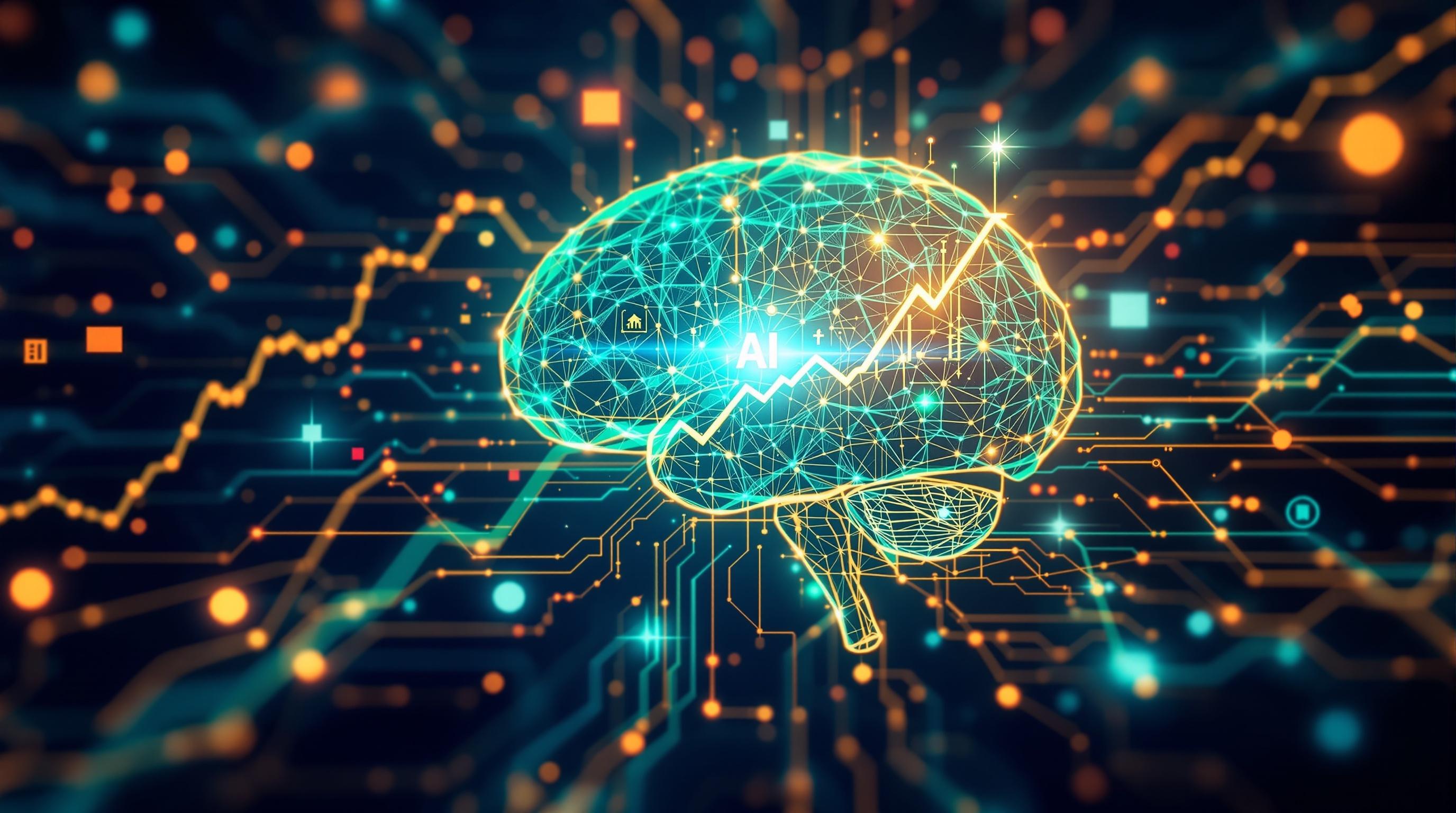
AI Industry Update: Meta Hiring Freeze, OpenAI IPO Plans, and Quantum Computing Breakthroughs
The AI industry is entering a maturation phase, moving from hypergrowth to strategic optimization, as highlighted by Meta's hiring freeze and OpenAI's IPO ambitions. This shift demands profitability and sustainability, offering a benefit to stakeholders seeking long-term investment opportunities in AI. To navigate this new era, focus on AI solutions with tangible value and demonstrable returns.
Meta Halts AI Hiring Spree: Signs of a Cooling Talent War?
Did the great AI talent war just hit a snag? Meta, after a whirlwind of aggressive recruitment, has reportedly put a freeze on AI hiring, signaling a potential shift in the landscape of AI development.
The $300 Million Talent War Comes to a Halt
It's no secret that the race to secure top AI talent has been fierce, with companies throwing enormous sums of money at researchers and engineers. Meta, in particular, engaged in what some called a $300 million talent war, aggressively poaching experts from rival organizations. But the brakes are now on. According to recent reports, Meta has instituted a hiring freeze affecting both external hires and internal transfers within its AI division. Any exceptions now require a green light from Chief AI Officer Alexandr Wang, suggesting a heightened level of scrutiny and control over personnel changes.
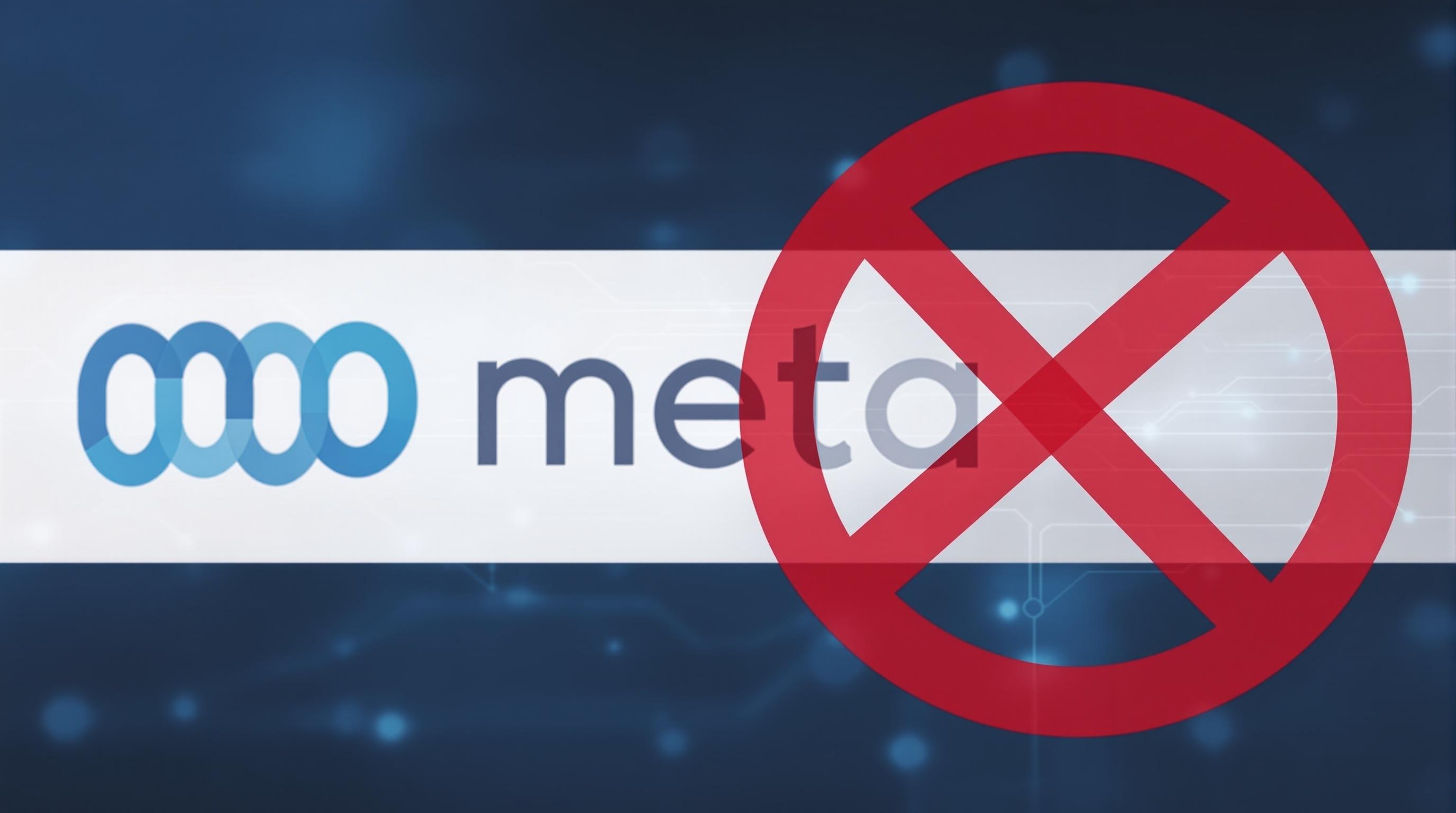
A Ruthless Pursuit of AI Expertise
Meta's ambition in the AI space was evident in its recruitment tactics. The company actively targeted leading AI researchers and engineers from prominent institutions and companies, including OpenAI, Google DeepMind, and Anthropic. This aggressive approach was fueled, in part, by a desire to bolster its AI capabilities and compete with the groundbreaking advancements being made by its rivals. Mark Zuckerberg himself reportedly spearheaded some of these recruitment efforts, underscoring the strategic importance Meta placed on acquiring top-tier AI talent. This even came about after Meta’s disappointment over the performance of its Llama model.
Implications for the AI Talent Market
So, what does Meta's hiring freeze mean for the broader AI talent market?
A Possible Cooling Down: Meta's actions could signal a cooling down of the intense competition for AI talent. If one of the major players is scaling back its recruitment efforts, it might alleviate some of the pressure on other companies vying for the same pool of experts. It could also affect the exorbitant salary expectations that have become commonplace in the industry.
Shift in Focus: It might also reflect a shift in priorities. Perhaps Meta is now focusing on integrating the talent it has already acquired and optimizing its existing AI infrastructure, rather than simply amassing more personnel. Maybe building out a solid Prompt Engineering team to utilize the talent on hand is now a bigger priority.
Opportunity for Others: The freeze at Meta could create opportunities for other companies and startups to attract talented individuals who might have previously been out of reach. This could lead to a more diversified and competitive AI landscape. You can follow all the developments in the AI News section.
Reasons Behind the Strategic Shift
Several factors could be contributing to Meta's change in strategy.
Integration Challenges: Integrating a large influx of new talent can be challenging. Meta may need to consolidate its teams, streamline workflows, and ensure that its existing and newly acquired experts can work together effectively. Meta may also want to avoid any more disappointment in future models.
Organizational Efficiency: The company might be prioritizing organizational efficiency and cost management. A hiring freeze can help to control expenses and optimize resource allocation. This could lead to the exploration of AI tools like Salesforce Platform to help organize the company's assets.
Model Performance: As mentioned, the performance of Meta's Llama model may have influenced its hiring decisions. If the model didn't meet internal expectations, the company might be re-evaluating its approach to AI development and adjusting its talent acquisition strategy accordingly.
In conclusion, Meta's shift from aggressive talent acquisition to a more measured approach suggests a strategic recalibration. Whether this marks the beginning of a broader trend in the AI industry remains to be seen, but it undoubtedly adds a new dimension to the ongoing narrative of AI's rapid evolution.
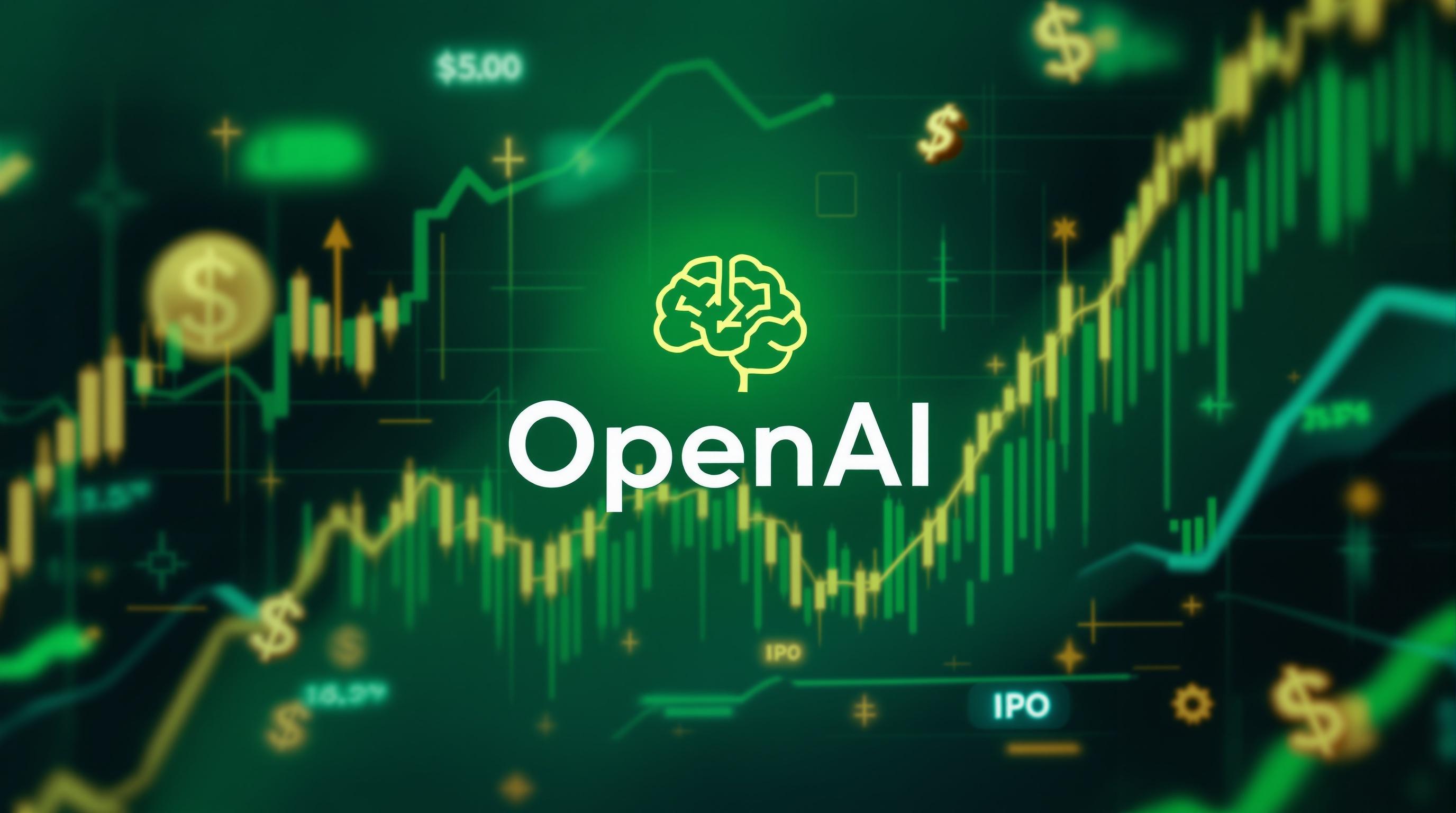
OpenAI Eyes Historic IPO After $1 Billion Revenue Month: Validating AI's Commercial Viability
The AI world is abuzz with news that could reshape the industry landscape: OpenAI is reportedly considering an IPO, a move that would solidify AI's arrival as a major commercial force.
OpenAI's Billion-Dollar Milestone and IPO Buzz
The whispers have turned into a roar: OpenAI's CFO has confirmed the company is internally discussing the possibility of an Initial Public Offering (IPO). This revelation follows a landmark achievement: OpenAI hit its first $1 billion revenue month in July, a testament to the growing demand for AI solutions like ChatGPT, their flagship conversational AI, which continues to evolve and impress with its capabilities. This milestone isn't just a vanity metric; it's a powerful signal of the commercial viability of AI on a massive scale. A successful IPO would provide OpenAI with substantial capital to fuel further research, development, and expansion, potentially accelerating the pace of innovation across the entire AI ecosystem.
Revenue Growth and Future Projections
The numbers speak volumes: OpenAI's projected revenue for 2025 is a staggering $12.7 billion, representing a threefold increase over the past year.
This exponential growth trajectory underscores the increasing adoption of AI technologies across various industries. Businesses are recognizing the transformative potential of AI in streamlining operations, enhancing customer experiences, and driving new revenue streams. From content creation tools like Jasper to AI-powered design platforms like Canva Magic Studio, AI is rapidly becoming an indispensable part of the modern business toolkit. The projected revenue surge reinforces investor confidence and validates the long-term sustainability of OpenAI's business model.
The Compute Challenge: A Hurdle to Overcome
However, OpenAI's path to continued success isn't without its challenges. Compute scarcity remains a significant obstacle. Training and deploying large language models (LLMs) like GPT-5 demands massive GPU resources, creating a bottleneck that could potentially impede OpenAI's growth. Securing access to sufficient computing power is critical for maintaining its competitive edge. This scarcity also highlights the importance of efficiency and optimization in AI model design. Investments in hardware infrastructure and innovative algorithms will be crucial for OpenAI to overcome this hurdle and unlock its full potential.
Employee Stock Sale and Valuation
In a move that signals strong internal confidence, OpenAI has finalized a $6 billion employee stock sale, valuing the company at a staggering $500 billion. This transaction provides employees with liquidity and reinforces their commitment to the company's long-term vision. The sky-high valuation reflects the market's bullish sentiment towards OpenAI and its potential to revolutionize various industries. This stock sale not only rewards employees for their contributions but also attracts and retains top talent, further strengthening OpenAI's position as a leader in the AI space.
Implications for the AI Industry
An OpenAI IPO would have far-reaching implications for the entire AI News industry. It would:
Validate AI as an asset class: A successful IPO would attract more investment into the AI sector, driving further innovation and growth.
Increase competition: The influx of capital would empower OpenAI to compete more aggressively with other AI giants like Google (with its Google Gemini model) and Meta, leading to faster advancements and lower costs for consumers.
Raise the bar for AI startups: OpenAI's success would inspire a new wave of AI startups, pushing the boundaries of what's possible with AI technologies.
Ultimately, OpenAI's potential IPO signifies a pivotal moment in the AI revolution, underscoring the growing commercial viability and transformative potential of artificial intelligence.
As the AI landscape continues to evolve, keeping abreast of the latest developments and leveraging the right tools is paramount. Resources like our AI Explorer can help you navigate this dynamic field and harness the power of AI for your own endeavors.
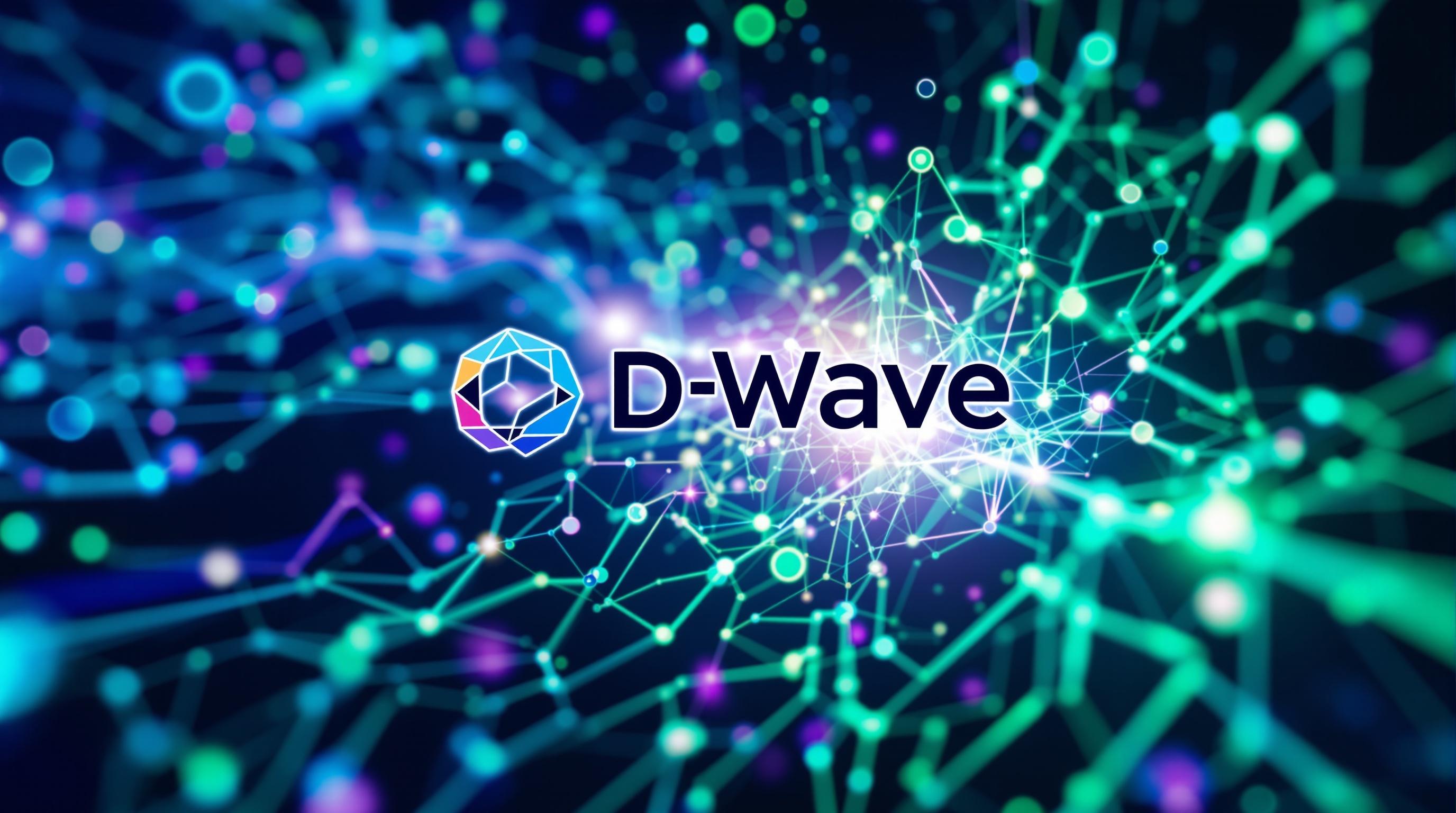
D-Wave Quantum Unveils Revolutionary AI-Quantum Computing Toolkit: A Paradigm Shift in Machine Learning?
Is quantum computing finally ready to revolutionize machine learning? D-Wave Quantum's latest announcement suggests we might be closer than ever.
D-Wave's Quantum Leap: The Quantum AI Toolkit
D-Wave Quantum, a leader in quantum computing systems, has just launched its groundbreaking Quantum AI Toolkit. This toolkit isn't just another piece of software; it's a comprehensive platform designed to bridge the gap between quantum computing and classical machine learning. By integrating quantum annealing with the widely-used PyTorch framework, D-Wave is empowering developers to create hybrid quantum-classical machine learning workflows with unprecedented ease.
Think of it like this: classical computers are incredibly efficient at crunching numbers in a linear fashion, perfect for tasks like sorting or basic calculations. Quantum computers, on the other hand, excel at tackling complex optimization problems by exploring multiple possibilities simultaneously – imagine searching an entire maze at once instead of going down each path individually. D-Wave's toolkit harnesses the unique strengths of both, potentially unlocking solutions to problems previously considered intractable.
Quantum Boltzmann Machines: A New Training Ground
One of the most exciting features of this toolkit is its ability to train Restricted Boltzmann Machines (RBMs) on quantum computers. RBMs are a type of neural network often used for tasks like dimensionality reduction, feature learning, and collaborative filtering. By leveraging quantum annealing, the toolkit aims to accelerate the training process and discover more optimal RBM configurations than traditional methods allow. This could lead to more accurate and efficient AI models across a variety of applications.
Drug Discovery: A Quantum-Powered Revolution
The potential of quantum computing in drug discovery is immense. Simulating molecular interactions and predicting the efficacy of new drug candidates are incredibly computationally intensive tasks. D-Wave is already demonstrating the impact of its technology through strategic partnerships with industry leaders like Japan Tobacco and Triumph. These collaborations focus on leveraging the Quantum AI Toolkit to accelerate drug discovery processes, potentially leading to faster development of life-saving treatments. Imagine being able to simulate how a drug interacts with a virus at the quantum level, predicting its effectiveness before even entering a lab – that's the promise D-Wave is working towards.
Financial Surge and Growing Customer Base
The growing interest in D-Wave's technology is reflected in its recent financial performance. In the second quarter, the company reported a surge in both revenue and bookings, fueled by a customer base that now exceeds 100. This demonstrates a strong market validation of D-Wave's approach and the increasing demand for quantum computing solutions across various industries.
The Benefits of Quantum-AI Integration
So, what are the tangible benefits of integrating quantum computing with AI?
Enhanced Optimization: Quantum computers can tackle complex optimization problems far more efficiently than classical computers, leading to better AI models.
Accelerated Training: Quantum annealing can significantly speed up the training process for certain types of neural networks.
Novel Insights: Quantum-enhanced AI can uncover patterns and relationships in data that are invisible to classical algorithms.
Breakthrough Discoveries: In fields like drug discovery, materials science, and finance, quantum-AI integration has the potential to unlock entirely new discoveries and innovations.
The Future is Quantum-Enhanced
D-Wave's Quantum AI Toolkit is more than just a software release; it's a statement about the future of AI. As quantum computing technology matures, we can expect to see even more sophisticated tools and applications emerge, further blurring the lines between the quantum and classical worlds. The integration of quantum computing with AI offers a promising path towards solving some of the world's most challenging problems, and D-Wave is positioning itself at the forefront of this exciting revolution. To stay informed about the latest developments in AI and related technologies, keep an eye on our AI News section for daily updates and in-depth analysis.

OpenAI Aims to Disrupt Cloud Computing with AI Infrastructure-as-a-Service: Challenging AWS
Imagine a world where AI power isn't just software, but a whole ecosystem built from the ground up. That's precisely the ambition driving OpenAI's audacious plan to disrupt cloud computing with its own AI Infrastructure-as-a-Service, directly challenging giants like AWS.
OpenAI's Cloud Vision: AI-First Infrastructure
Inspired by Amazon's pioneering approach to cloud capacity, OpenAI envisions a future where developers and organizations can access unparalleled AI compute resources on demand. This isn't just about renting server space; it's about providing a meticulously crafted environment optimized for the unique demands of AI workloads. Think of it as building the ultimate AI superhighway, paving the way for the next generation of breakthroughs. This means a strategic shift for OpenAI, leveraging their insights not just in AI models like ChatGPT, a versatile language model capable of generating human-quality text, but also in the physical infrastructure that powers them. The goal is to offer a seamless, high-performance experience for training and deploying AI, something that general-purpose cloud providers might struggle to match.
Trillions on the Table: Funding the AI Revolution
CEO Sam Altman's vision is nothing if not ambitious. He anticipates investing trillions of dollars into building and maintaining the necessary data center infrastructure. This staggering figure underscores the immense scale of OpenAI's plans and the belief that AI compute will be a foundational resource in the years to come. To put it in perspective, it's like planning to build not just a highway, but an entire interstate system across the globe, dedicated solely to AI. This level of investment signals a long-term commitment and a willingness to redefine the landscape of AI development.
New Financial Frontiers: Funding AI's Future
To realize its infrastructure ambitions, OpenAI is reportedly exploring innovative financial instruments to secure the necessary capital. This could include novel partnerships, specialized bonds, or even new forms of equity designed specifically for infrastructure investment. It's a recognition that traditional funding models may not be sufficient to support the exponential growth of AI and the massive compute demands it entails. Just as governments issue bonds to fund major infrastructure projects like bridges and tunnels, OpenAI is essentially pioneering new financial mechanisms to fuel the AI revolution.
Implications for the AI Infrastructure Market
OpenAI's entry into the AI infrastructure market has profound implications. It could drive down the cost of AI compute, accelerate innovation, and create new opportunities for developers and businesses. However, it also presents a significant challenge to existing cloud providers, who may need to adapt their strategies to compete with OpenAI's specialized AI infrastructure.
Competition and Innovation: OpenAI's presence is likely to intensify competition, pushing other providers to innovate and offer more competitive pricing and services. This could lead to a Cambrian explosion of new AI infrastructure solutions, benefiting the entire ecosystem.
Specialized Expertise: OpenAI's deep understanding of AI workloads gives it a distinct advantage in designing and optimizing data centers. This expertise could translate into superior performance, efficiency, and cost-effectiveness for its customers.
Ecosystem Control: By controlling both the AI models and the underlying infrastructure, OpenAI could create a tightly integrated ecosystem that is difficult for competitors to replicate.
OpenAI's Data Center Prowess: A Competitive Edge
One of OpenAI's key strengths lies in its expertise in designing and optimizing data centers specifically for AI workloads. Unlike general-purpose cloud providers, OpenAI has a laser focus on the unique requirements of training and deploying large language models and other AI applications. This includes:
High-Performance Computing: Optimizing data centers for massive parallel processing, low latency, and high bandwidth.
Energy Efficiency: Developing innovative cooling and power management solutions to minimize energy consumption and environmental impact.
Scalability: Designing infrastructure that can easily scale to meet the ever-growing demands of AI.
Financial Realities: A Trillion-Dollar Question
The financial implications of OpenAI's infrastructure ambitions are staggering. Building and operating a global network of AI-optimized data centers will require an unprecedented level of investment. This raises several questions:
Funding Sources: Where will OpenAI secure the trillions of dollars needed to finance its infrastructure buildout?
Return on Investment: How will OpenAI generate sufficient revenue to justify such a massive investment?
Financial Risks: What are the potential financial risks associated with such an ambitious undertaking?
Cloud Giants Face a New Challenger
OpenAI's move directly challenges the dominance of traditional cloud infrastructure providers like AWS, Azure, and Google Cloud. While these companies offer a wide range of services, they may lack the specialized expertise in AI that OpenAI possesses. The impact on these providers could be:
Increased Competition: Cloud providers may need to invest more heavily in AI-specific infrastructure and services to remain competitive.
Strategic Partnerships: Cloud providers may seek to partner with OpenAI or other AI companies to enhance their AI capabilities.
Market Segmentation: The market could become more segmented, with OpenAI focusing on AI-intensive workloads and traditional cloud providers focusing on general-purpose computing.
Ultimately, OpenAI's bold entry into the AI infrastructure market signals a significant shift in the AI landscape. It's a high-stakes gamble that could reshape the future of cloud computing and accelerate the development of artificial intelligence.
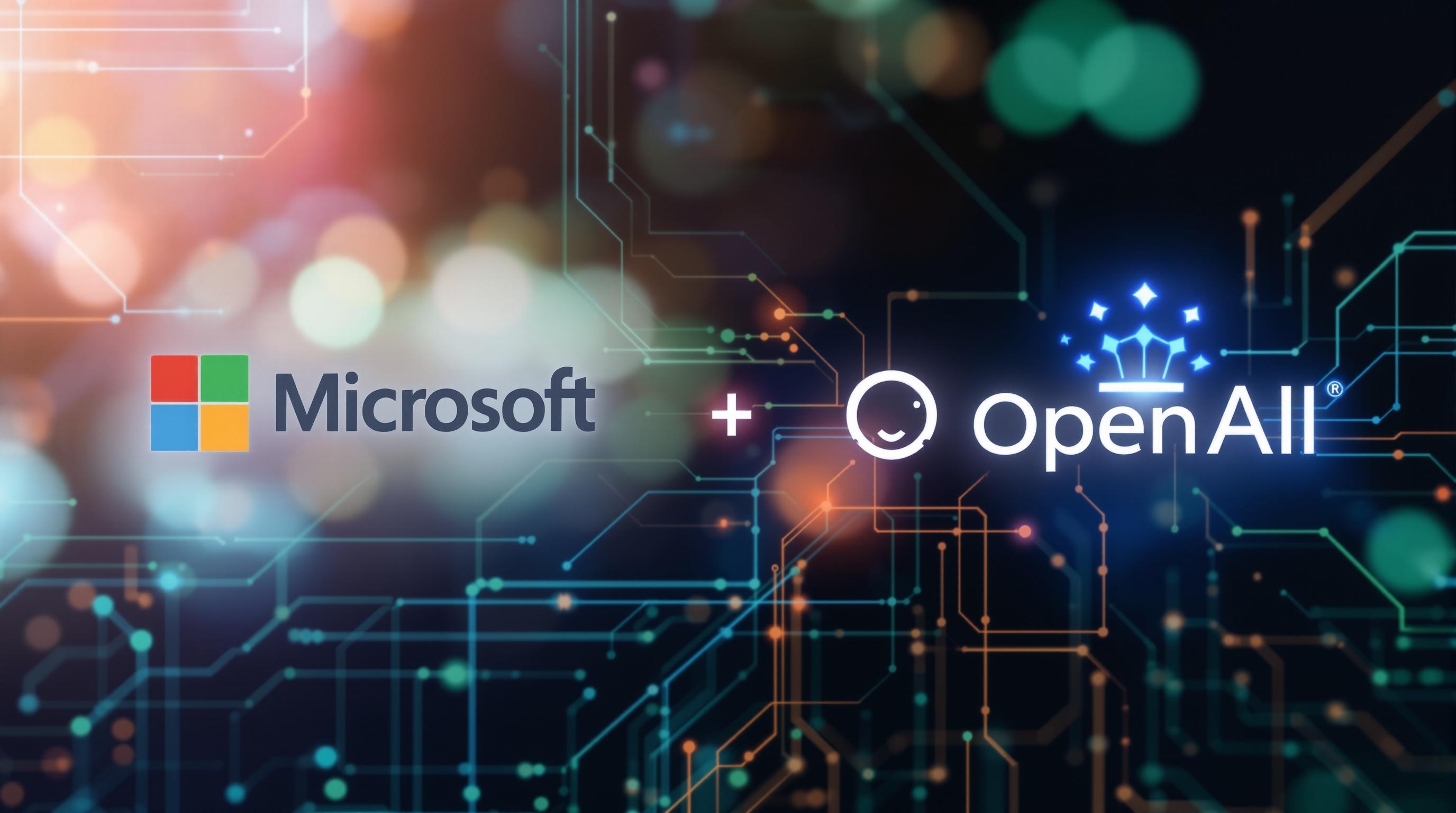
Microsoft and OpenAI: Partnership Evolution as OpenAI Explores Independence
The AI world is watching closely as the once seemingly inseparable partnership between OpenAI and Microsoft undergoes a fascinating evolution, hinting at a future where OpenAI might spread its wings and fly solo.
A Symbiotic, Yet Shifting, Relationship
From the outset, Microsoft's investment and resources have been instrumental in catapulting OpenAI to the forefront of AI innovation. Microsoft's Azure cloud infrastructure provided the backbone for training massive models like GPT-4, OpenAI's flagship large language model, and deploying its various AI services. The relationship has been mutually beneficial, with Microsoft integrating OpenAI's technology deeply into its own products. However, recent developments suggest a subtle but significant shift in this dynamic.
While Microsoft remains a critical partner – and likely will for the foreseeable future – OpenAI is strategically diversifying its infrastructure by increasing its reliance on other cloud providers, namely Google Cloud and Oracle. This multi-cloud strategy reduces OpenAI's dependence on a single vendor and allows it to leverage the unique strengths of each platform. For example, Google's TPU (Tensor Processing Unit) infrastructure might be better suited for certain AI workloads, while Oracle's cloud offerings could provide cost-effective solutions for specific storage and compute needs. This is all part of OpenAI's IPO plans.
Entangled Innovations and Mutual Reliance
Despite OpenAI's diversification efforts, the deep technical integration between the two companies ensures their continued interdependence. Microsoft's AI-powered products, such as Microsoft Copilot, are heavily reliant on OpenAI's models. This creates a scenario where Microsoft's AI strategy is intrinsically linked to OpenAI's success.
It’s like a tech tango – both companies need to move in sync, even if they explore individual steps.
Furthermore, intellectual property is deeply intertwined. Many of the underlying AI algorithms and technologies used by both companies are either jointly developed or cross-licensed, making it difficult to completely disentangle their innovations. This complex web of IP reinforces the partnership, even as OpenAI explores greater autonomy. Consider tools like GitHub Copilot which relies heavily on OpenAI models to provide code suggestions and complete code snippets.
Navigating Independence: Impact on Microsoft's AI Strategy
OpenAI's pursuit of independence, driven by ambitions such as achieving Artificial General Intelligence (AGI) and maximizing its market potential, has implications for Microsoft's long-term AI strategy. If OpenAI were to become a fully independent entity, Microsoft would need to carefully re-evaluate its AI roadmap and potentially invest in developing its own foundation models and AI infrastructure. This could involve significant investments in research and development, as well as strategic acquisitions to bolster its AI capabilities. Alternatives like Google Gemini become more attractive.
The evolving partnership between Microsoft and OpenAI exemplifies the complex dynamics of the AI industry. While OpenAI seeks to chart its own course, the deep technical and commercial ties between the two companies ensure their continued collaboration, at least for the near future. The AI landscape is constantly shifting, and the strategic choices made by these industry giants will shape the future of AI innovation. Keep up to date with the latest news on our AI News page.
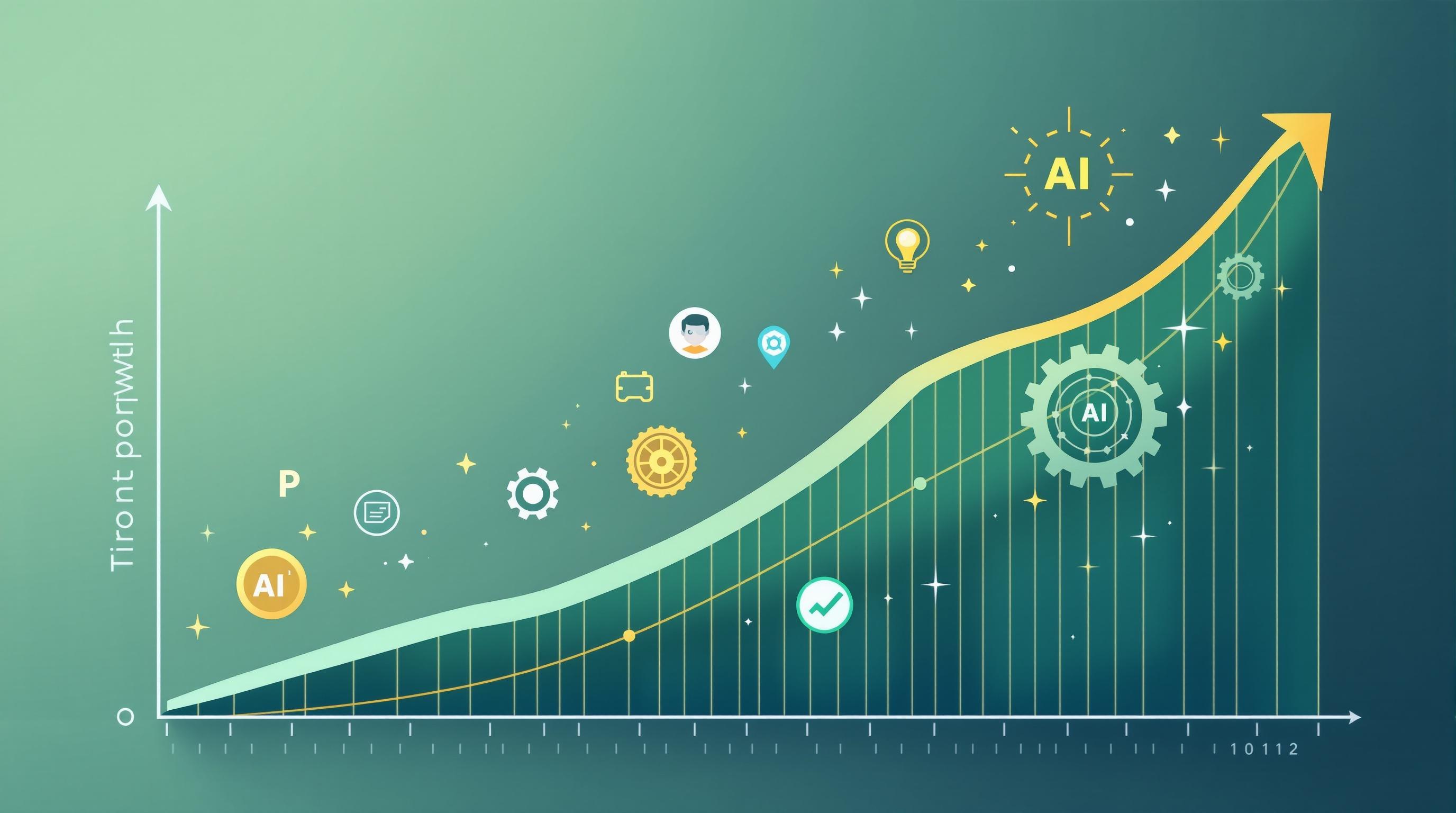
Analysis: The AI Industry Enters a Maturation Phase
The relentless hype surrounding AI is giving way to a more pragmatic era, where the pursuit of innovation is tempered by the demands of financial sustainability.
From Hypergrowth to Strategic Optimization
The AI industry, once characterized by unbridled expansion and seemingly limitless funding, is now experiencing a significant shift. Companies are moving away from a "growth-at-all-costs" mentality and embracing strategic optimization. This involves a greater focus on efficiency, profitability, and sustainable business models. This isn't necessarily a slowdown, but rather a sign of the industry maturing, much like the dot-com boom eventually gave way to more sustainable internet businesses.
Meta's Hiring Freeze and OpenAI's IPO Ambitions: A Sign of the Times
Recent developments underscore this transition. Meta's decision to implement a hiring freeze in its AI division and OpenAI's serious consideration of an IPO signal a move toward more traditional business practices. These actions reflect a growing recognition that AI companies must demonstrate tangible returns on investment and operate within established financial frameworks. Instead of simply burning cash to achieve moonshot goals, they need to show they can generate consistent revenue and manage resources responsibly. While Meta continues to develop exciting AI technologies, this shift indicates a need to balance innovation with financial prudence.
Quantum-AI: The Next Disruption
While some areas of AI are becoming more conservative, others are pushing the boundaries of what's possible. D-Wave's recent breakthrough in quantum-AI represents a potentially disruptive force in the field. Quantum computing, with its ability to perform complex calculations far beyond the reach of classical computers, could revolutionize AI algorithms and unlock new capabilities. Imagine using a tool like TensorFlow powered by quantum computing to accelerate machine learning tasks. While still in its early stages, quantum-AI holds immense promise for transforming industries and driving the next wave of AI innovation.
Key Indicators of Maturation
Several key indicators point to the AI industry's ongoing maturation:
Increased regulatory scrutiny: Governments worldwide are developing frameworks to address the ethical and societal implications of AI. The EU AI Act is a prime example.
Focus on AI safety and ethics: AI companies are investing more resources in ensuring their technologies are developed and deployed responsibly. This includes addressing issues such as bias, fairness, and transparency.
Shift in investment priorities: Venture capitalists are becoming more selective, favoring companies with clear paths to profitability and defensible competitive advantages.
Growing demand for explainable AI (XAI): Businesses are seeking AI solutions that provide insights into how decisions are made, fostering trust and accountability. For example, Gauth is an AI math solver which provides step-by-step explanations.
Implications of Strategic Optimization
The move towards strategic optimization has significant implications for AI companies. They must:
Prioritize profitability: Develop sustainable revenue models and manage expenses effectively.
Focus on delivering tangible value: Demonstrate how their AI solutions solve real-world problems and generate measurable returns for customers.
Build strong competitive advantages: Develop unique technologies, secure valuable data assets, or establish strategic partnerships.
Attract and retain top talent: Create a compelling work environment and offer competitive compensation packages. Tools like LinkedIn can help with talent acquisition.
A New Era for AI
The AI industry is no longer a playground for unchecked experimentation. It's evolving into a mature market where sustainability, profitability, and competitive differentiation are paramount.
As AI matures, new frameworks are required to ensure its long-term success. Companies must focus on building sustainable business models, demonstrating the value of their solutions, and addressing the ethical and societal implications of their technologies. The rise of quantum computing represents an exciting frontier, but it also underscores the need for ongoing innovation and adaptation. Ultimately, the AI industry's future depends on its ability to balance technological advancement with responsible business practices. This sets the stage for discussions on the ethical AI frameworks that are becoming increasingly crucial, such as those discussed in AI News.
🎧 Listen to the Podcast
Hear us discuss this topic in more detail on our latest podcast episode: https://creators.spotify.com/pod/profile/bestaitools/episodes/Metas-AI-Hiring-Freeze--OpenAIs-1B-Month--Quantum-AI-Breakthrough--Daily-AI-News--August-21--2025-e374d4h
Keywords: AI, Artificial Intelligence, OpenAI IPO, Meta AI Hiring Freeze, Quantum Computing, D-Wave Quantum AI Toolkit, AI Infrastructure, AI Talent War, Microsoft OpenAI Partnership, AI Industry Maturation, Generative AI, AI Development, Quantum Machine Learning, AI Cloud Services, Sarah Friar OpenAI
Hashtags: #AI #ArtificialIntelligence #OpenAI #QuantumComputing #TechNews
For more AI insights and tool reviews, visit our website https://best-ai-tools.org, and follow us on our social media channels!
Website: https://best-ai-tools.org
X (Twitter): https://x.com/bitautor36935
Instagram: https://www.instagram.com/bestaitoolsorg
Telegram: https://t.me/BestAIToolsCommunity
Medium: https://medium.com/@bitautor.de
Spotify: https://creators.spotify.com/pod/profile/bestaitools
Facebook: https://www.facebook.com/profile.php?id=61577063078524
YouTube: https://www.youtube.com/@BitAutor
Recommended AI tools
Simplify
Productivity & Collaboration
Streamlining Recruitment Processes
Recruit CRM
Conversational AI
Your Complete Recruitment Solution
Talent Titan
Data Analytics
Unlock the potential of your workforce with AI
Careerflow
Productivity & Collaboration
Empowering your career journey
Manatal
Productivity & Collaboration
Your All-in-One Recruitment Software
GrabJobs
Conversational AI
Hire better, faster!
